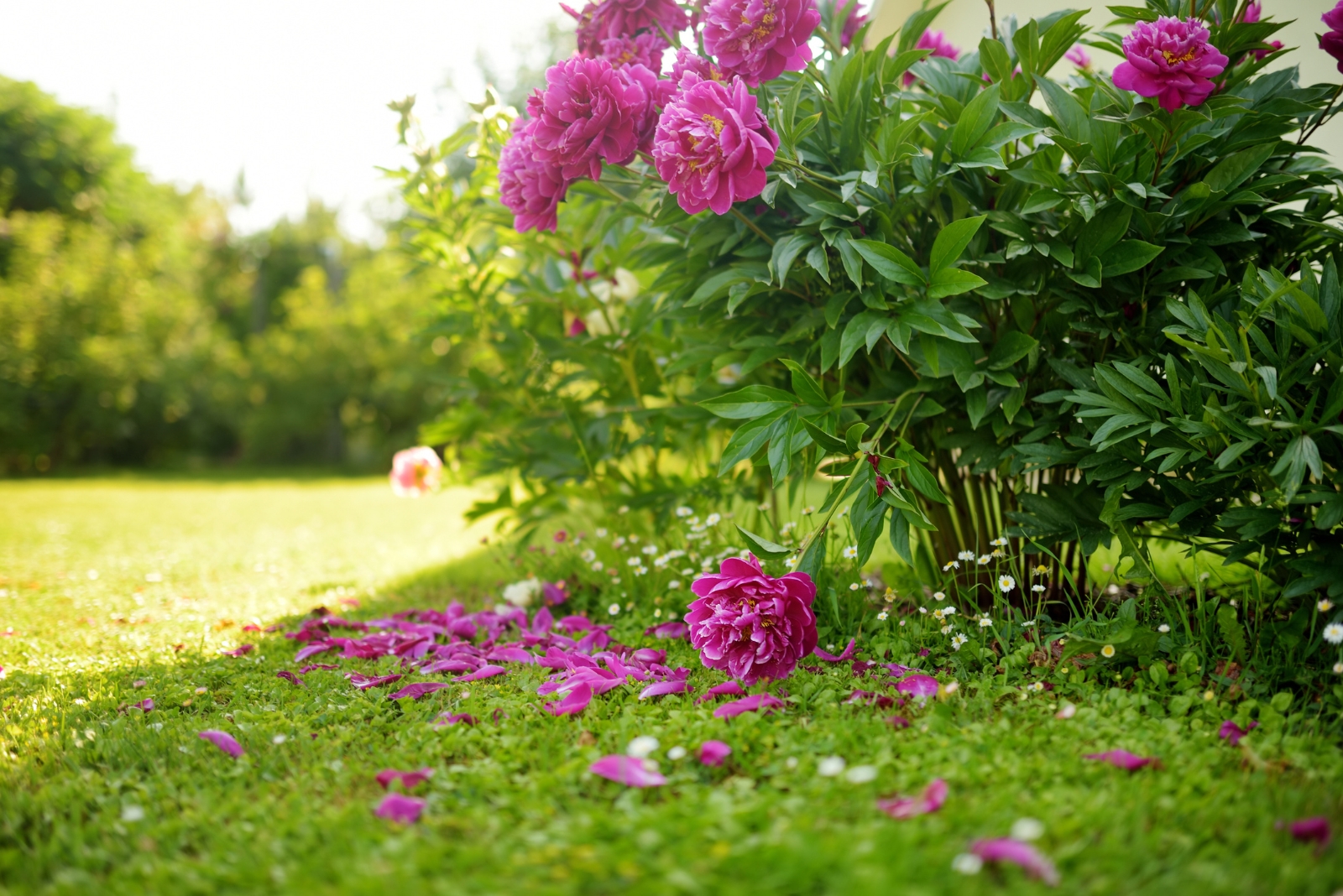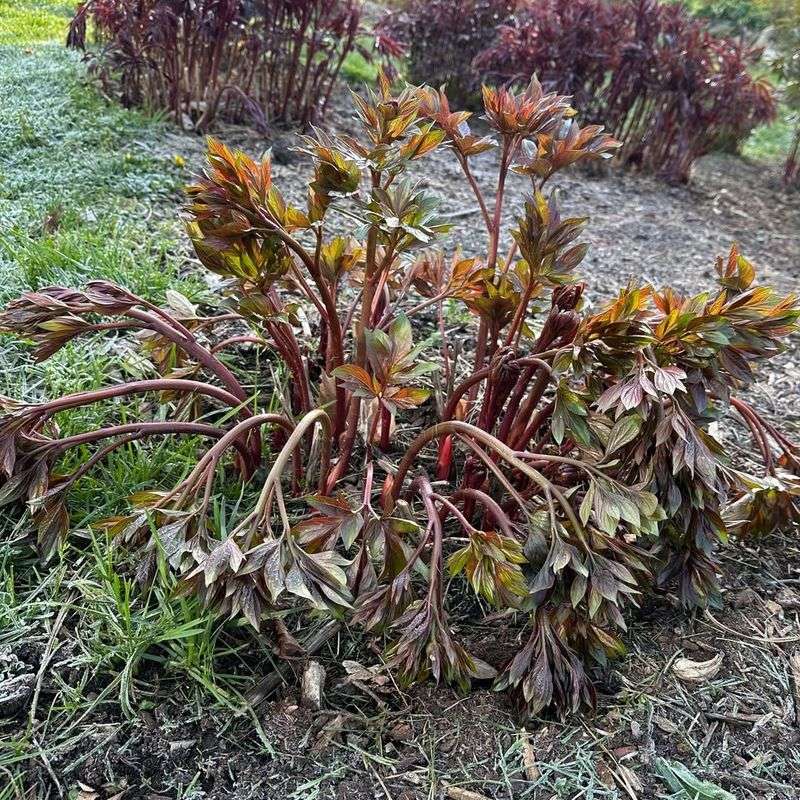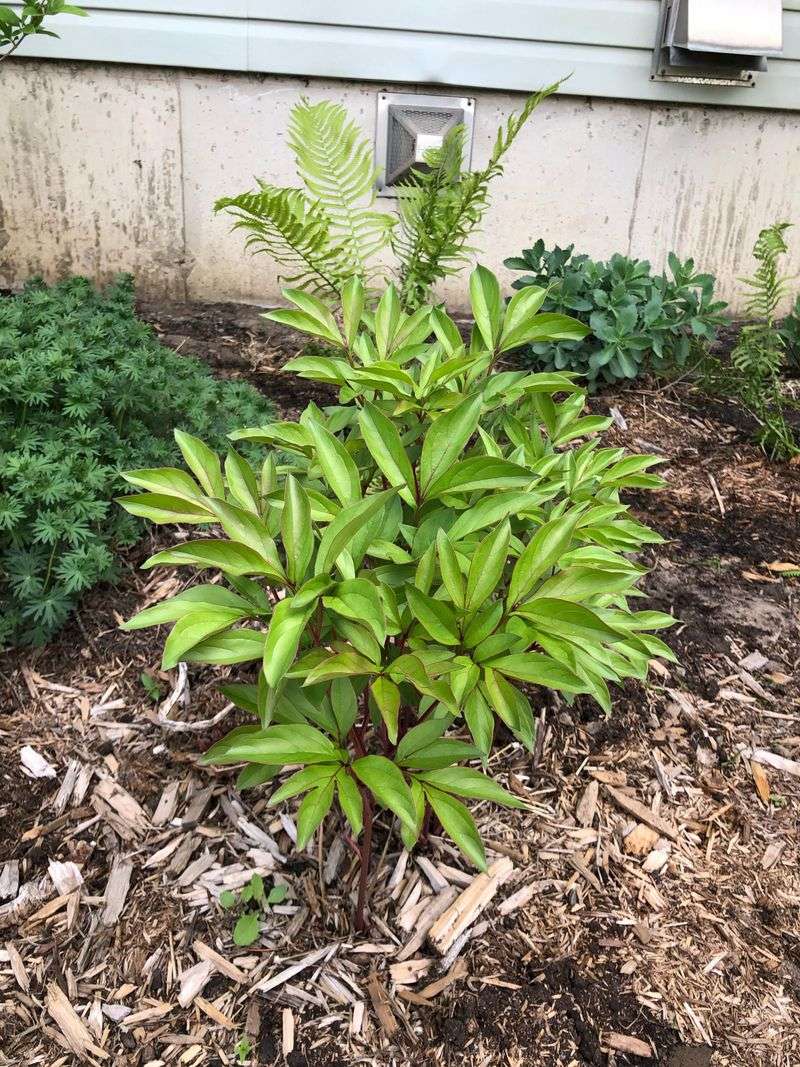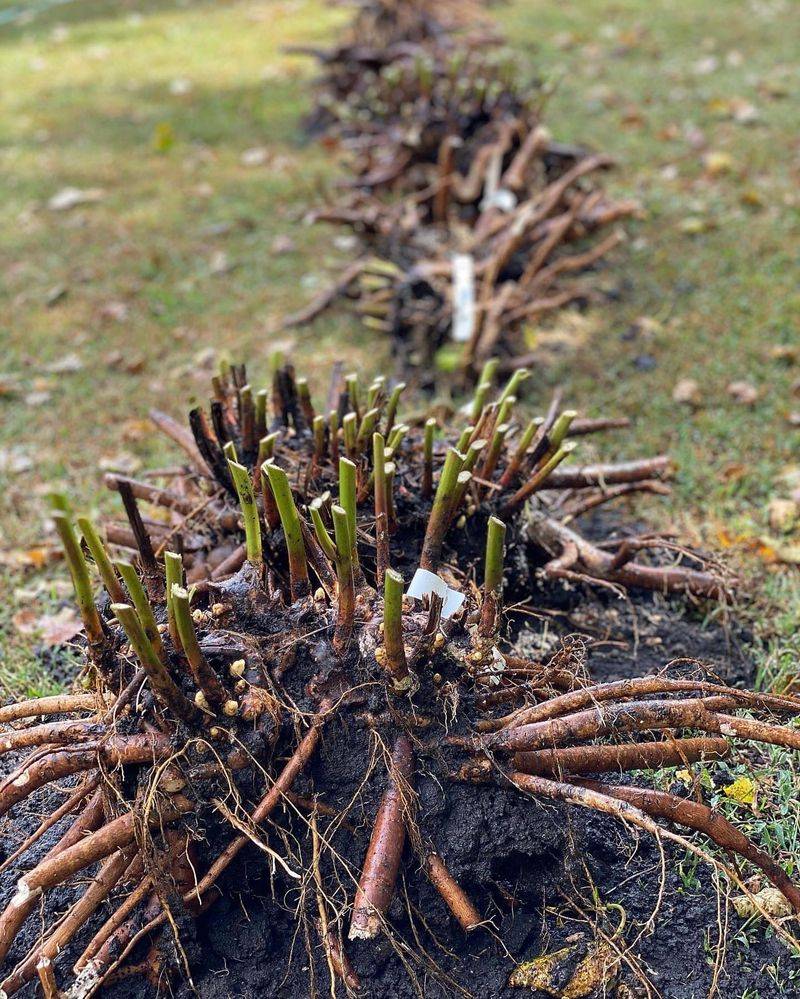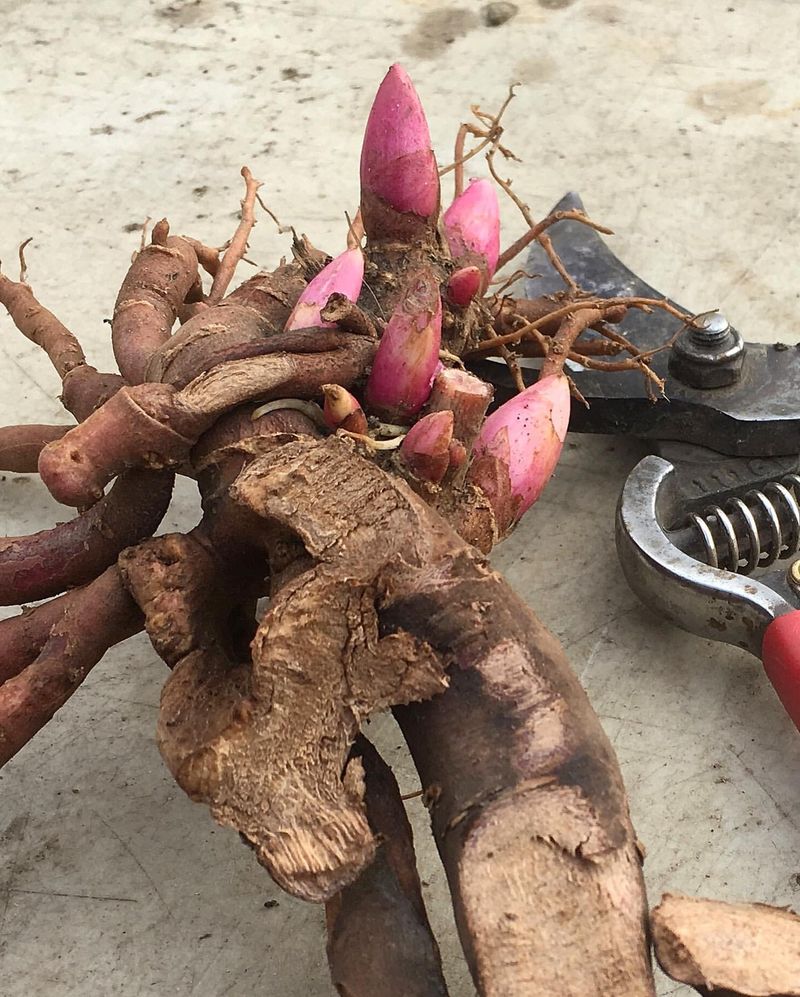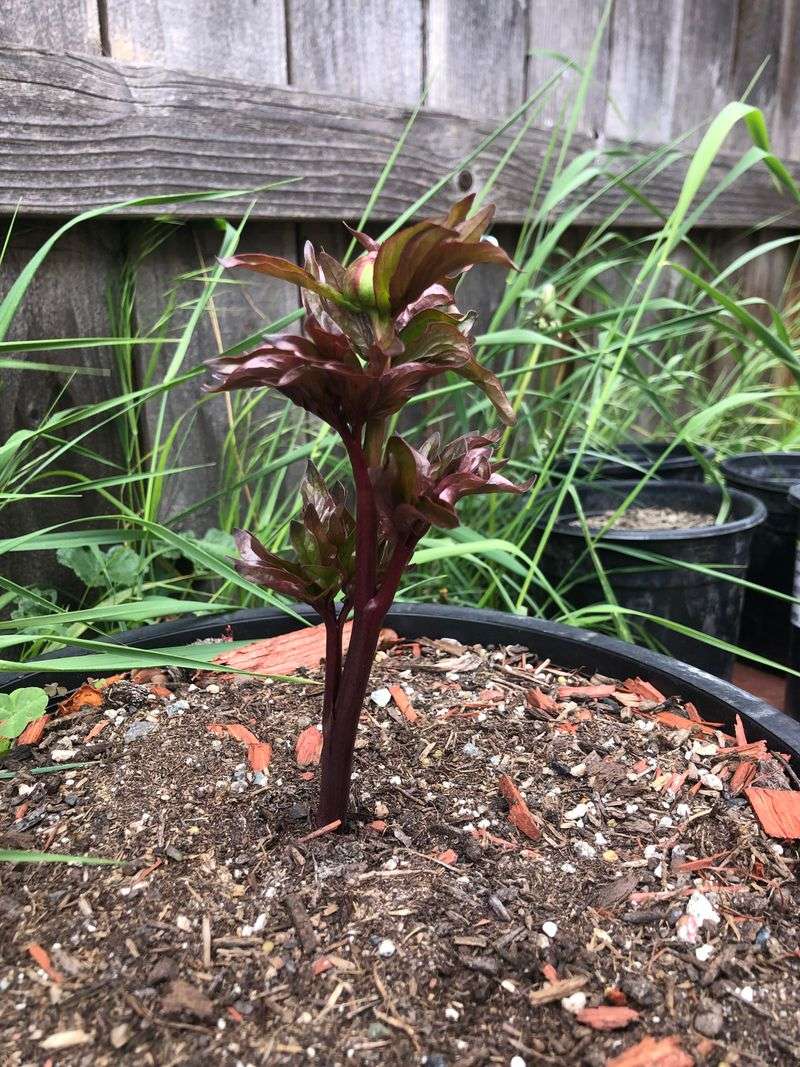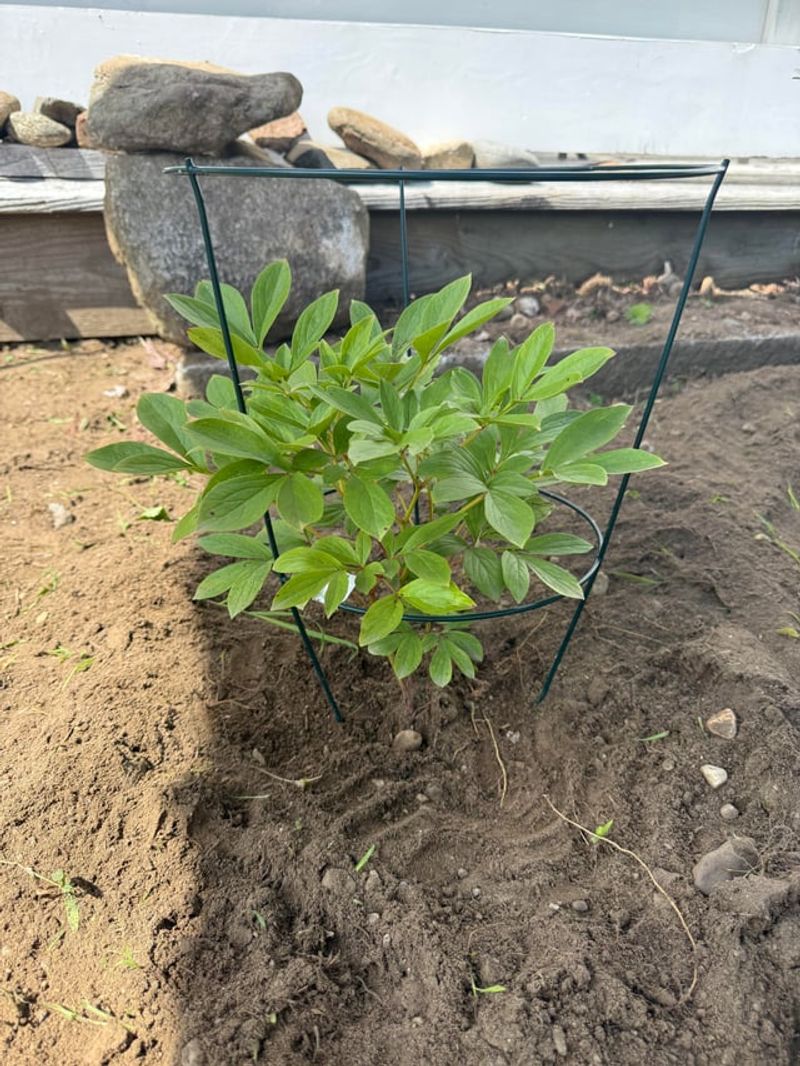Peonies are among the most stunning flowers you can grow in your garden, but after several years, they can become overcrowded and produce fewer blooms. Dividing them in the fall gives these plants a fresh start and helps them thrive for many more seasons.
Michigan’s fall weather provides the perfect conditions for this important gardening task, setting your peonies up for spectacular spring displays.
1. Wait Until After The First Frost
Michigan gardeners should mark their calendars for late September through October, when the first frost signals the ideal time to divide peonies. After frost hits, the plant naturally enters dormancy, making it less stressful to move.
Cold weather helps the roots settle in before winter arrives. Your peonies will use this time to establish themselves underground, preparing for amazing spring growth.
Dividing too early can shock the plant while it’s still actively growing and producing energy.
2. Choose Mature Plants That Are At Least Three Years Old
Young peonies need time to develop strong root systems before they can handle division. Plants that are at least three to five years old have established enough growth to survive being split apart.
Look for clumps that seem crowded or haven’t bloomed as well recently. Mature plants with thick, healthy roots will recover quickly and produce more flowers in your Michigan garden next season.
Dividing younger plants can set back their growth significantly, so patience really pays off here.
3. Dig Wide Around The Root Ball
Grab a sturdy shovel and start digging at least twelve inches away from the plant’s center to avoid damaging the roots. Peony roots spread wider than you might expect, so giving them plenty of space protects the underground network.
Work your way around the entire plant, loosening the soil as you go deeper. Once you’ve circled the clump, gently lift it from the ground with your shovel.
Taking your time during this step prevents breaking valuable roots.
4. Wash Off The Soil To See The Roots Clearly
Once you’ve lifted the peony clump, use a garden hose to spray away all the dirt clinging to the roots. Clean roots make it much easier to identify the natural divisions and spot the pink or red growth buds called eyes.
These eyes are crucial because they’ll become next year’s stems and flowers. Seeing them clearly helps you make smart cuts that give each division the best chance to succeed.
Don’t rush this cleaning step—it’s worth the extra effort.
5. Divide With Three To Five Eyes Per Section
Using a sharp, clean knife or pruning shears, carefully cut the root clump into sections. Each piece should have at least three to five eyes attached to healthy roots for the best results.
Smaller divisions with fewer eyes might take longer to bloom, while larger sections will flower sooner. Make your cuts through natural separations in the root structure whenever possible.
Sterilizing your cutting tools with rubbing alcohol prevents spreading diseases between plants and keeps everything in your Michigan garden healthy.
6. Plant At The Correct Depth
Michigan’s cold winters make planting depth absolutely critical for peony success. Position each division so the eyes sit just one to two inches below the soil surface—no deeper.
Planting too deep is the number one reason peonies fail to bloom, even if they look healthy otherwise. Measure carefully and double-check before filling in the hole completely.
Shallow planting allows the eyes to receive enough cold exposure during winter, which triggers spring flowering.
7. Add Compost And Water Thoroughly
Mix some well-aged compost into the planting hole to give your divided peonies a nutritious start. Rich soil helps roots establish quickly before the ground in your Michigan garden freezes solid.
After planting, water each division deeply to eliminate air pockets and help roots make contact with surrounding soil. Good moisture now encourages root growth during fall’s mild weather.
Apply a light layer of mulch for winter protection, but keep it away from the stems to prevent rot problems.

